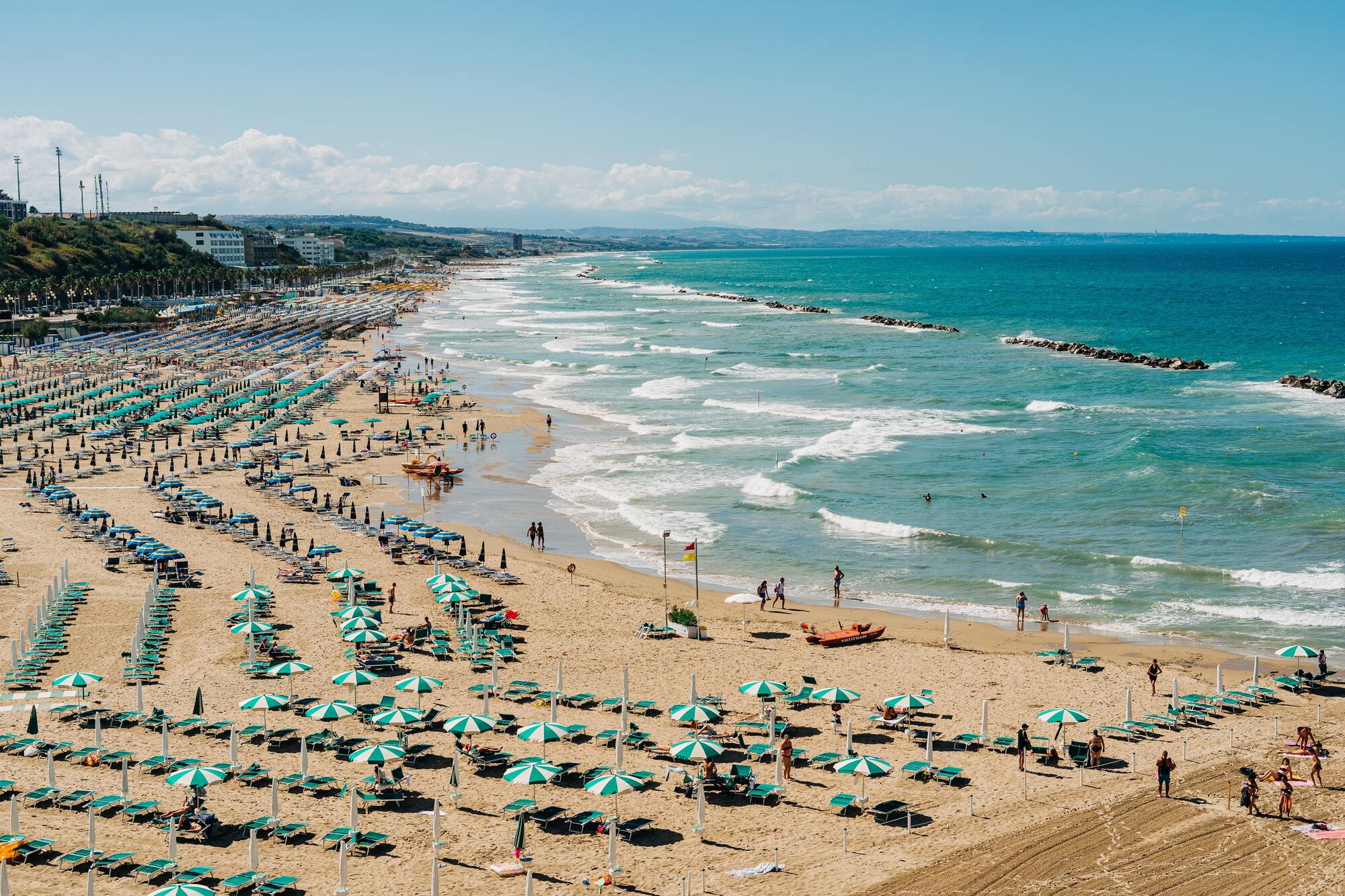Idyllic beaches and crystalline waters. Italy is one of Europe’s top-tier destinations as the summer tourist season approaches. Yet, there is a darker side when it comes to the tonnes of litter that pollute the Italian coastline.
How much waste on our shores? That’s the premise of the Beach Litter 2022 survey published by Legambiente, a leading Italian environmentalist organization. Through the mobilization of hundreds of volunteers from local Legambiente clubs, the report has monitored 53 beaches across 14 Italian regions (Abruzzo, Basilicata, Campania, Calabria, Emilia-Romagna, Lazio, Friuli-Venezia Giulia, Marche, Lombardy, Molise, Puglia, Sicily, Sardinia, Veneto).
The data collected is far from being reassuring. An average of 834 trashed items every 100 meters of beach (8 waste per step) were found. The amount largely exceeds the threshold value established at a European level to consider a beach in a good environmental condition: less than 20 discarded items every 100 linear meters of coastline.
Plastic is the most common material found, accounting for 84% of the trash collected, followed by metal (4.5%), paper/cardboard (4.3%) and glass/ceramics (3.5%). Around 46% of the plastic litter removed is represented by disposable plastics, Legambiente says, with plastic bottles, cigarette butts and fishing gear as the top three.
These findings are unsurprisingly disheartening. Since 2021, the European Union has banned the sale of a number of single-use plastic products, when sustainable alternatives are available. A measure that currently applies to cotton bud sticks, cutlery, plates, straws, stirrers, and balloon sticks.
Italy has long been at the forefront in the fight against single-use plastics (SUP) and marine litter with national regulations, remarks Legambiente, such as the ban on plastic bags and non-biodegradable and non-compostable cotton buds or on the use of microplastics in rinse-off cosmetics, later adopted by the European directive.
Globally, more than 80% of marine litter is made of discarded plastic products, posing a real danger not only to the ecosystem but also to fisheries and tourism. Over the years, circular economy and responsible consumption campaigns have been run by governments and organizations. The most recent is National Geographic’s “Planet or Plastic?’: photographic project documenting the damage caused by the enormous quantity of plastic dispersed in the oceans that will tour throughout Italy’s largest shopping centers.
Legambiente’s full Beach Litter 2022 report is available in Italian language here.

